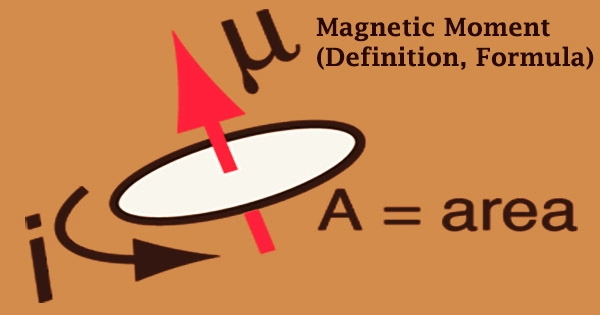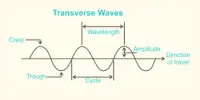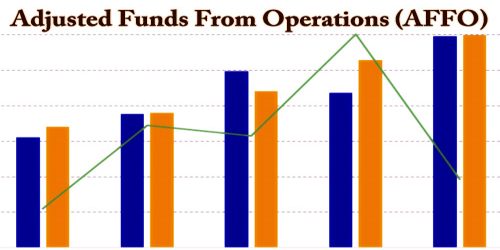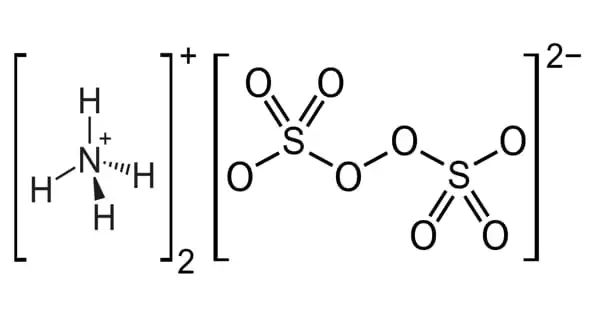CsPbBr3 is a type of perovskite material that has attracted significant attention for its potential applications in optoelectronic devices, such as solar cells, LEDs, and photodetectors. When CsPbBr3 nanoparticles are synthesized, they are typically coated with organic ligands to improve their stability and processability.
As sensitizers for triplet-triplet annihilation up-conversion (TTA-UC), semiconductor nanocrystals (NCs) show a lot of potential because of their simple bandgap tunability and minimal inter-system crossing loss. The relationship between bright/dark exciton and triplet energy transfer (TET), however, is still poorly understood.
In order to further customize and improve the NCs-sensitized TTA-UC, it is imperative to understand the differences between molecular- and NCs-sensitized TTA-UC.
Dark singlet excitons are important in many organic semiconductors and can play a significant role in the efficiency of devices such as organic solar cells and organic light-emitting diodes (OLEDs).
In a study published in Laser and Photonics Reviews, the research group led by Prof. Zhu Haomiao from Fujian Institute of Research on the Structure of Matter of the Chinese Academy of Sciences used 1-naphthoic acid (1-NA, mediator) decorated 2 nm thick CsPbBr3 nanoplates (NPls) as the model system to explore the respective contribution of bright/dark exciton to TET.
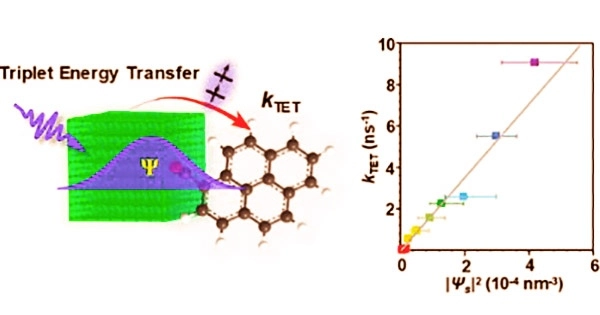
The researchers found that the well-characterized and unique exciton fine structure and large bright-dark exciton splitting energy of CsPbBr3 NPls offer an ideal platform to unambiguously resolve the role of dark exciton in TET.
At low temperatures, the dark exciton will be heavily populated because of the significant bright-dark exciton splitting energy. The researchers discovered that the singlet dark exciton is the main energy source for TET by observing the exciton decay dynamic at cryogenic temperatures with the presence of mediator.
By taking into account the ill-defined nature of the exciton spin state, the researchers also provided an explanation for the effective TET between the dark singlet exciton and mediator.
The high orbit-spin coupling of the conduction band electron in CsPbBr3 NPls combines the singlet and triplet states, enabling TET between the singlet dark exciton and the triplet state of the mediator. In addition, the long intrinsic lifetime of dark exciton greatly facilitates the TET.
Besides, by combining 1-NA decorated CsPbBr3 NPls with 2,5-diphenyloxazole (PPO), the researchers achieved an efficient visible-to-ultraviolet upconversion from 450 nm to 355 nm. The excitation threshold in this system is only 0.79 W/cm2, which is significantly lower than the excitation threshold when utilizing traditional CsPbBr3 nanocrystals as the sensitizer.
This study provides fresh insight into efficient visible-to-ultraviolet TTA-UC and NPls sensitized TET, which can significantly broaden the operating spectrum of TiO2 or NiO based photo-catalysis.


